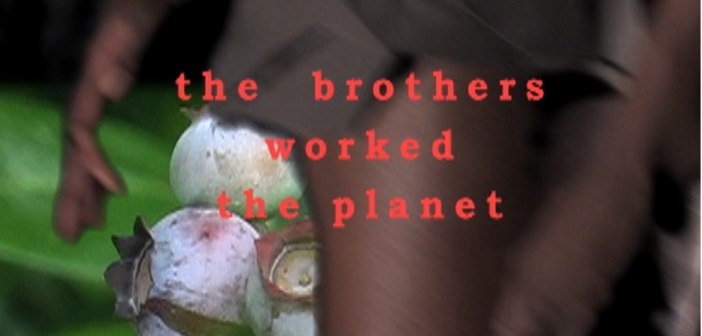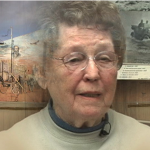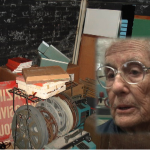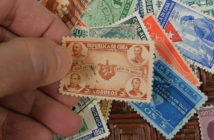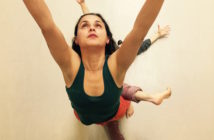A graduate of the Pennsylvania Academy of Fine Arts, Lili White is a fixture in the history of avant-garde filmmaking, and throughout her career she has maintained a dedication to work by women artists. As the founder of the Another Experiment by Women film festival and a board member at the Millennium Film Workshop, White has been tirelessly maintaining a forum for female filmmakers. Now, with Another Experiment by Women Online, viewers from across the world can subscribe to watch and support the artistic practices of women working in film. William J. Simmons interviewed White about her curatorial process and the history of her involvement with the intersection of art and identity politics.
.....................................................................................
I founded the Another Experiment by Women (AXW) Film Festival in 2010 after showing my work on a Manhattan Neighborhood Network community TV show—EYE:AM—curated by Victoria Kereszi, who was curating women's films at the time. She would also present a live show in a theatre once a year at 2 Boots/Pioneer Theater, and later with New Filmmakers at Anthology Film Archives. Victoria was very committed to this and I realized seeing work by women had a different buzz. Growing up as a female with a body that is capable of giving birth to another, you're going to have a different outlook on life. You have different issues and concerns.
I came out of painting, as did other experimental filmmakers, and I spent some time in the 1990s at Millennium Film Workshop, a nonprofit arts center and cinema where I met other filmmakers. Unfortunately, MFW has fallen on hard times due to rising rents and the depletion of grant funds. MFW gives people a place to come together at open screenings that serve as a show-and-tell of short work. Meeting other people who were interested in personal, experimental films resulted in us formulating experimental theory. These theories then migrated to universities’ curriculums. There is a community of filmmakers out there and MFW reminds us of this; there is no other place like it in the world.
In this spirit, I suggested to Vicki that we have a women’s film festival. In the autumn of 2010, I curated the first AXW film festival. 2015 will be our 4th season. I've always curated and when I see something that really turns me on, it feeds me; I want to show it to somebody else, and make sure others see it. I'm trying to get work out there so that it's available. When I curate a show, I find an underlying subtext that leads from one piece to the next to the next to the next, a style many people find enjoyable and accessible.
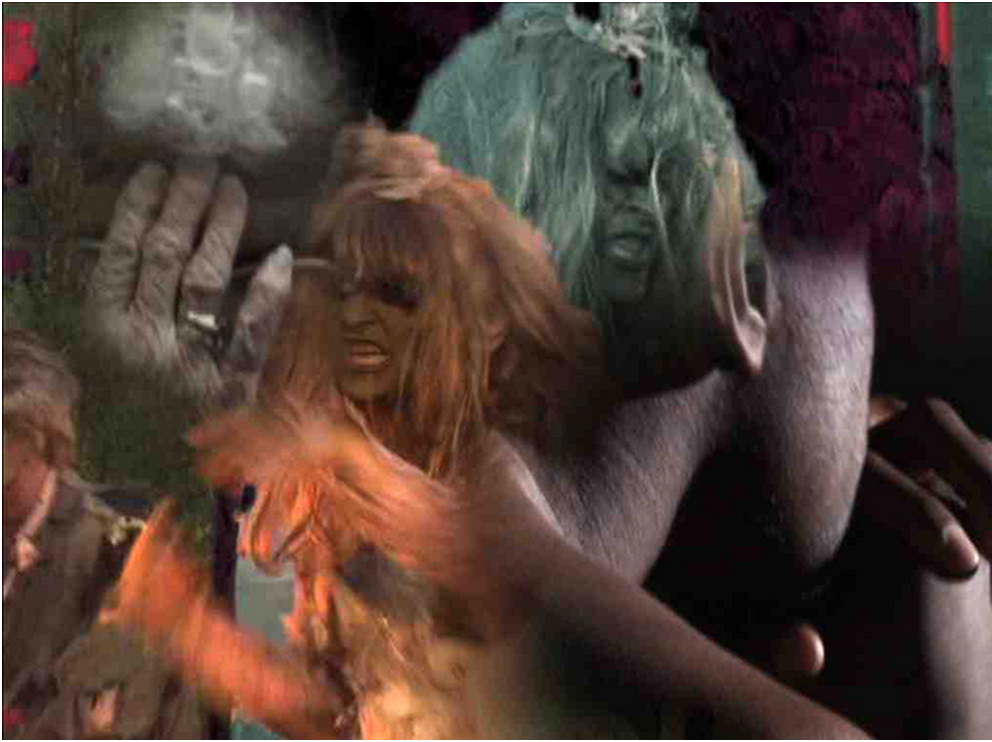
Still from FOOL’S GOLD: CALIFORNIA ROADTRIP IN AN ELECTION YEAR. Color; sound; TRT: 78 minutes (2014). Courtesy the artist.
If you're a woman, landing a job in the film community is very difficult. AXW gives women a place to stand, presenting a more democratic platform for everyone. It may be women’s thing, because men have a way of communicating with each other that women don't have. It seems that a lot of women have to rely on men helping them out to get their films made. People are becoming more aware of this and trying to build teams of women that will work together. When that starts to happen, there will be some kind of change in society. Some say feminism "failed" in some regard. Of course, everyone wants equal pay in the job market—everyone went for that, rather than bringing others up with them, and so now we still have "the class struggle."
Meeting people is extremely important in developing any kind of artistic community. There were a number of cinemas where you could rent for film screenings at a reasonable price, or show your own work, but these places have gone under. What Another Experiment by Women is doing is somewhat of a grassroots venture to address this problem. AXW is international; it is equal parts aesthetics and activism. Recently besides the live shows (all past shows are listed on axwff.com) we have films that that can be streamed online for $6. You get to see the show as many times as you want for three days. Each show has four filmmakers, and the funds from streaming purchase go to filmmakers themselves. I wanted to find women who were serious about making their work, and show it in a place where it would be screened in a comfortable, beautiful fashion, where people can meet others when they see it. But if they are not in New York City, the online site allows them to see the work. This is how I first saw films like Fellini’s—on late night TV in the suburbs.Sometimes experimental work may seem to go quickly by—you may not fully grasp it—so to be able to see the same show over and over again makes for a new kind of viewing. We are making an archive of women's work—of women's thoughts, their expression. These works are now anchored in one place and available for multiple viewings. I think history is important, and to be able to access an archive gives one more material than art magazines or books coming out of academia.
In my own films, I have been concerned with the social or the psychological, such as slavery, prostitution, and the nature of being a female. All of this is filtered through experiences in the real world, like the food that we eat, and the political repercussions of something like Monsanto, or the control the oil companies have over our lives.
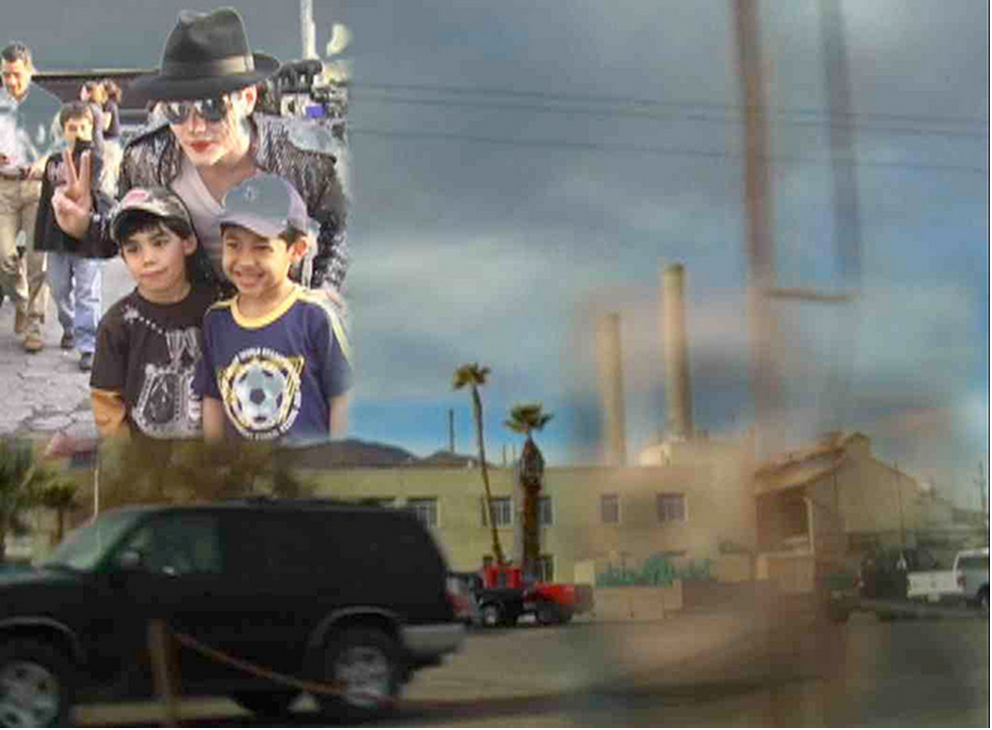
Still from FOOL’S GOLD: CALIFORNIA ROADTRIP IN AN ELECTION YEAR. Color; sound; TRT: 78 minutes (2014). Courtesy the artist.
The subject of greed runs through my recent feature film, FOOL’S GOLD: CALIFORNIA ROADTRIP IN AN ELECTION YEAR. I was wondering if I could make a film that mimicked "my stream of consciousness."
The film includes Michael Jackson's dancing zombies. Zombies are "consumers." Our society is based largely on consumer love for material products and our country is rich enough to afford them. I coupled this with the story of corporate layoffs in a mining town called Trona in California and with the story of Cain and Abel, wherein one brother is out to get ahead, and after he kills his brother he goes out to form society as we know it.
These themes occurred spontaneously in my mind, and during the editing process they found connection and a way to come together. This corporate layoff in Trona took place in the 1980s, but the ramifications remain today. I wanted to make the film because I saw a shift in society at that time. I believe that now we're undergoing another shift. We are questioning what is the nature of work, what does money really mean, what is the root of out attachment to material products, how do we incorporate them into our lives, etc. The film was designed to jar you into thinking, questioning or discussing these issues with others, more than being a mere "witness" to meeting the people interviewed in the film.
- Still from FOOL’S GOLD: CALIFORNIA ROADTRIP IN AN ELECTION YEAR. Color; sound; TRT: 78 minutes (2014). Courtesy the artist.
- Still from FOOL’S GOLD: CALIFORNIA ROADTRIP IN AN ELECTION YEAR. Color; sound; TRT: 78 minutes (2014). Courtesy the artist.

